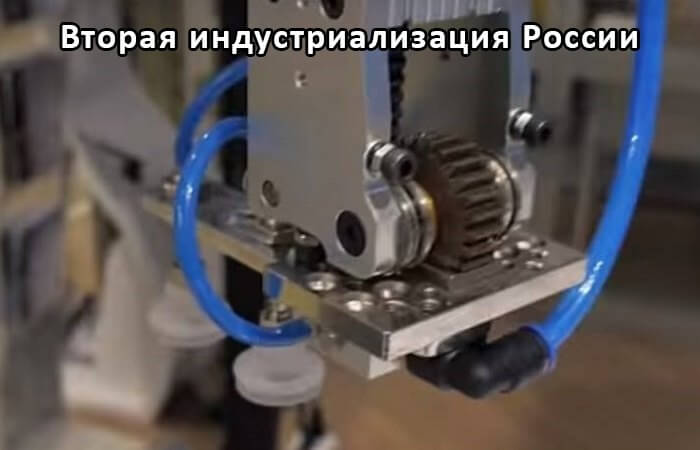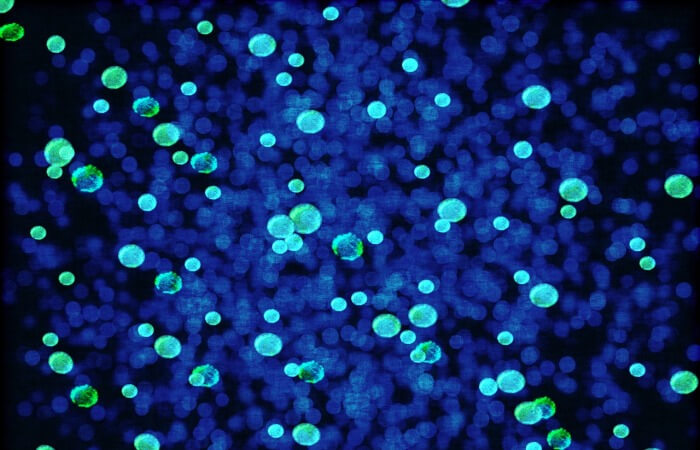Microreactors microreactors and systems for chemical processes

The microreactors and microreactor system for fine organic synthesis and other chemical processes.
The microreactors and microreactor system aimed at further improving intensification and safety of chemical processes and associated economic and environmental benefits for the chemical industry. Thanks to small dimensions of microstructures of the microreactors contribute to the economy of material in their manufacture, raw materials, catalyst and energy in the process of operation. Moreover, due to the acceleration of heat and mass transfer performance of the systems with microreactors, in some cases significantly – by 1-2 orders of magnitude higher used in the industry of classical reactors.
Description of the microreactor
The microreactor for organic synthesis iminodiacetic acid
Examples of other microreactors
Description of the microreactor:
The microreactor device in which chemical reactions take place in confinement with typical lateral dimensions below 1 mm; the most typical form of the report and the microchannels.

The microreactors and microreactor system aimed at further improving intensification and safety of chemical processes and associated economic and environmental benefits for the chemical industry.
Chemical processes usually occur very slowly and do not always give a high yield of the target product, so even a slight intensification of these processes with the use of microreaction equipment: microreactors and microreactor systems will bring the industry a huge benefit.
Thanks to small dimensions of microstructures of the microreactors contribute to the economy of material in their manufacture, raw materials, catalyst and energy in the process of operation. Moreover, due to the acceleration of heat and mass transfer performance of the systems with microreactors in some cases much higher used in the industry of classical reactors. The greatest intensification of processes using microreaction technology can achieve for liquid-phase reactions or heterogeneous multiphase systems: in particular, liquid-phase reactions occurring at the interface of phases, and biochemical reactions and reaction deposition.
The use of compact microchannel devices, for example, in small-scale production of fine chemicals provides increased specific productivity per unit volume of reactor is 1 – 2 orders of magnitude in comparison with used industrial equipment.
Advantages:
– can be easily made,
– rapid mixing of reagents: typically takes from seconds to microseconds,
– precise temperature control,
– high outputs,
– high selectivity,
– safety and environmental,
– take up little space,
– scalability: just increase the number of microreactors in microreactor system,
– saving raw materials and energy in the process of using,
– reducing the size of the channels to sub-millimeter values can significantly increase the efficiency of heat and mass transfer, which in particular, allows to carry out catalytic processes, accompanied by large values of the specific separation or absorption of heat
– the design of the microreactor facilitates the reaction under isothermal conditions, which in many cases can increase selectivity and productivity of the reactor according to the final products
is a small free volume and high availability of catalyst to reagents significantly reduce the contact time of the reaction medium with the catalyst and thus to ensure the effective flow of fast reactions,
– narrow distribution for contact time substantially increases the selectivity and performance of the microreactor,
– allows quick replacement of spent catalyst by replacing the microchannel microchannel module to the new modules
– the possibility of processes with explosive and/or toxic reagents,
– the possibility of rapid organization of production of necessary product in places of its consumption,
– the possibility of optimal control and regulation of the microreactor, for example, in the Autonomous power plants
– significant reduction of potential anthropogenic impacts arising from possible accidents at chemical production,
– the possibility of organizing mini-mills and ensuring high production flexibility, independent of the value of the manufactured product,
– high ratios of inner surface where the catalyst is fixed to the volume of the microreactor increases the efficiency of the catalyst and reduce its size,
– ensuring the continuity of the process
– high performance by reducing the contact time of reactants with catalyst,
– the possibility of creating a compact mobile installations directly to the consumer.
reduction of risks of technogenic consequences for processes with hazardous and highly toxic products,
– allow for multi-step synthesis in a single installation in a flow mode
– provide high production flexibility, regardless of the amount of product produced.
Device:
The microreactors have the following device:
– consist of a series of small channels (10 – 1000 micron),
– the material from which made: stainless steel, plastic, silicone, glass, and expanded metals – Nickel, copper, etc., which can also serve as carriers for catalysts,
– use a simple feeder reagents, pumps,
– easily manufactured,
– collapsible design,
– the possibility of repeated Assembly and disassembly.
Specifications:
| Features: | Value: |
| The number of fluid flows, PCs | 2* |
| The number of streams of gases, units | 1* |
| Contact time, min. | Of 0.2-20 |
| The size of the channels, mm | height of 0.1-1.0 width of 0.1-1.0 |
| The working volume of the microchannels | to 9 cm3 and more |
| The material of the microreactors | stainless steel, polymeric materials, glass |
| Management system | computer |
| Operating temperature | up to 500 0C |
| Working pressure | up to 25 bar |
| * may be increased according to customer’s requirement | |
The microreactor for organic synthesis iminodiacetic acid (IDOC):
The testing of the microreactor was performed using microchannel plates manufactured from promedy containing the catalyst si/ZrO2. The volume of the microchannel plates was equal to 35см3. The total volume of the channels was 7 cm3.

Process synthesis iminodiacetic acid was carried out in a microreactor at a temperature of 1600С and a pressure of 15 bar. The test results showed that the feed flow of reagents 0.2 ml/min conversion of diethanolamine was 88%. In this case the output mixture contained iminodiethanol acid at a concentration of 65%.
The specific productivity of the synthesis iminodiacetic acid, calculated on the volume of the reaction zone (the volume of the MK plates) is 4,38 (g/(hour×cm3).
The microreactor is universal:

The photo shows a versatile microreactor with the microchannel plates with the catalyst.
Other examples of microreactors:
– fuel microreactors
– the microreactors to produce hydrogen,
– photocatalytic microreactors.
Microreactor system:
On the basis of microreactors are created microreactor system, which consist generally of the power unit, the cooling unit of the control unit of pressure in the microchannel reactor, the feed unit and gas supply unit of fluid.



